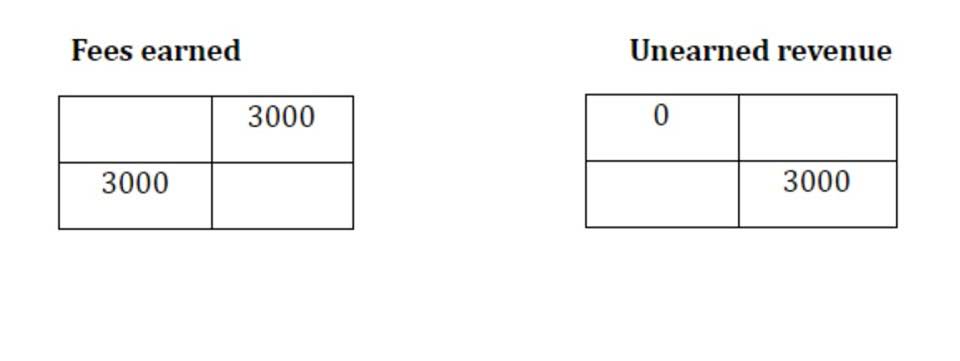
Outline the key assumptions that will shape your forecasts, such as market trends, and operating costs. These assumptions must be realistic and well-researched, as they underpin all your financial projections. Regularly review and update these assumptions to reflect changing business environments. Financial projections are important for any business, but especially for startups. Good financial projections help determine a startup’s overall health, growth and profitability.

How To Create Startup Financial Projections +Template
- EY refers to the global organization, and may refer to one or more, of the member firms of Ernst & Young Global Limited, each of which is a separate legal entity.
- We know early on that it’s impossible to predict the future, no matter how many people (like potential investors) seem to be pressing us to do so.
- In this blog post, we’ll explain why financial forecasting is important, give you a step-by-step guide for creating a strong plan, and call out what is significant to consider to achieve an accurate and reliable model.
- Long-term projections generally cover a period of three to five years and are most useful in strategic planning or providing long-range financial performance data for potential investors.
For those situations, it can be helpful to work backwards from your target goals in order to build your projections. In our revenue forecasting guide, we walk through an example of how to project revenue growth if you don’t have historical data. For startups, you can easily incorporate data from multiple sources into your database and create optimal financial projections using the powerful built-in data analysis tools. If you’re starting a new business, you most likely don’t have your financial statements at hand, and so you’ll need to create them—ideally as part of a business plan. Failing to do your homework (so to speak) can kill your startup before it can really get its feet underneath it.
- This will help you make assumptions for revenue growth and any changes in your expenses.
- A financial forecast is used to predict the cash flow necessary to operate the company day-to-day and cover financial liabilities.
- With a proactive approach and by choosing the right procure-to-pay software platform, you can ensure your financial projections are credible, accurate, and readily accessible.
- A financial model is a quantification of your overall business and should therefore be a reflection of your strategy, business model and vision.
- A thorough breakdown of costs ensures you’re not caught off guard by unexpected expenditures.
- Externally, pro forma statements can demonstrate the risk of investing in a business.
Planergy
- Since 2012, over 50,000 entrepreneurs from around the world have used ProjectionHub to help create financial projections.
- Last but certainly not least, let external factors guide adjustments within your model.
- For those looking to dive deeper and ensure their financial modeling is as accurate and effective as possible, working with a financial analyst can provide the expertise needed to navigate these waters successfully.
- Financial forecasting is predicting a company’s financial future by examining historical performance data, such as revenue, cash flow, expenses, or sales.
We saved more than $1 million on our spend in the first year and just recently identified an opportunity to save about $10,000 every month on recurring expenses with Planergy. Our best expert advice on how to grow your business — from attracting new customers to keeping existing customers happy and having the capital to do it. This isn’t always possible, especially in Year 1, but it’s always a good place to start to figure out whether we’re heading in the right direction with a new business. Over time the assumptions will be replaced with actual data that we will keep up to date.
Step 7. Account for Other Expenses
If you haven’t downloaded our template that’s OK — this same walkthrough works for just about any pro forma income statement. It’s https://www.facebook.com/BooksTimeInc/ possible that we might grow out of this tool in 6 months and need something more customized or complex. We’ve used this same tool to manage businesses with 8 figures of revenue and it’s scaled wonderfully. I use a capacity-based approach to revenue projections when a company is pretty certain to have demand for their products or services and their revenue is more of a function of your price x capacity.

An example of what an operating expenses forecast could look like for instance for spending on sales and marketing, can be found below. Most important is that your spending on operating expenses aligns with your company strategy. financial forecasting for startups Moreover, it provides you with an opportunity to track your actual performance versus your expected budget on a monthly basis, which helps you cut costs (if needed) and anticipate to potential cash dips months ahead.
For a SaaS business COGS are different compared to ‘normal’ businesses as there is no regular production or service delivery process involved. However, also SaaS companies definitely incur COGS, such as hosting costs, customer support and onboarding costs, and online payment costs. From these examples you can notice that all of these costs have to be incurred in order to produce the good or deliver the service. If you find it difficult estimating demand at all one way of tackling this is to perform keyword research. Keyword tools give you insights in the search volumes for keywords that relate to your offering.
- As such, instead of reinventing the wheel, and potentially avoiding a few mistakes, we use templates built by experts and vetted by multiple businesses in the past.
- Equity investors take more risk by investing money in a company in exchange for shares, meaning they could lose it all.
- If you would also add columns where you can enter your actual numbers (against the forecasted cash in-and outflows) you are able of tracking performance over time and anticipate cash issues early on.
- Tesla’s earnings report, featured in The New York Times, provides an excellent example of how reaching the break-even point can be transformative for startups.
- If you’re using a spreadsheet to build your financial projections, this process will take a bit more elbow grease.
- Part of the fundraising process are negotiations with an investor about the valuation of the company to be invested in.
How to Create a Robust Startup Financial Model (Tips and Examples)

Your income statement projection utilizes your sales forecasts, estimated expenses, and existing income statements to calculate an expected net income for the future. A financial projection uses existing revenue and expense data to estimate future cash flow in and out of the business with a month-to-month breakdown. We offer comprehensive services including business plans, pitch decks, and financial forecasting specifically tailored for startups like yours.

Accurately predicting your sales requires an in-depth understanding of the target market to ensure informed decisions. This misstep left him grappling with cash flow issues barely six months into operation. Now https://www.bookstime.com/articles/contribution-margin-income-statement he’s wary about making another attempt, let alone confident enough to pitch to investors again.
